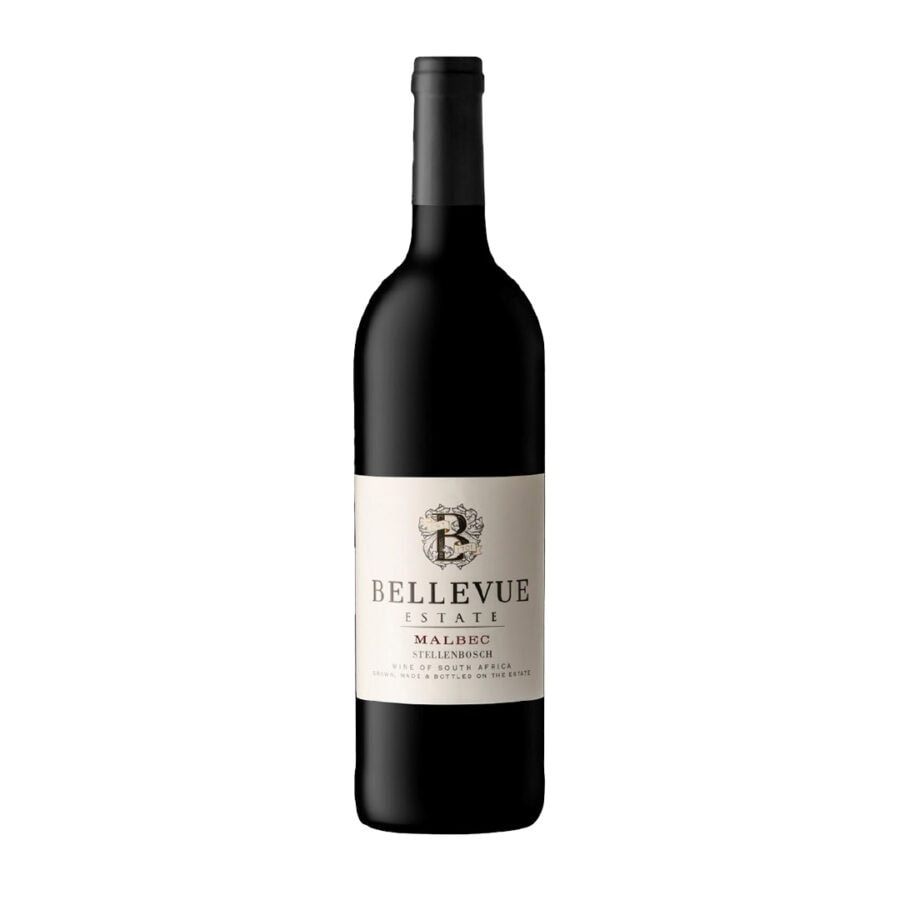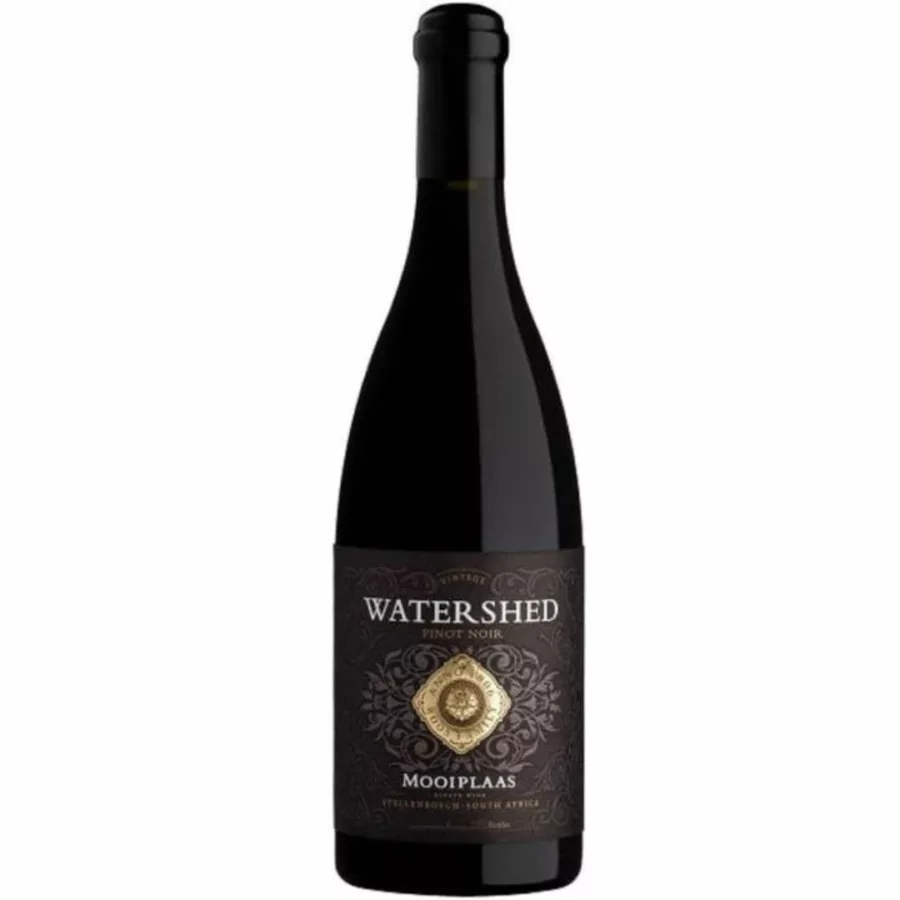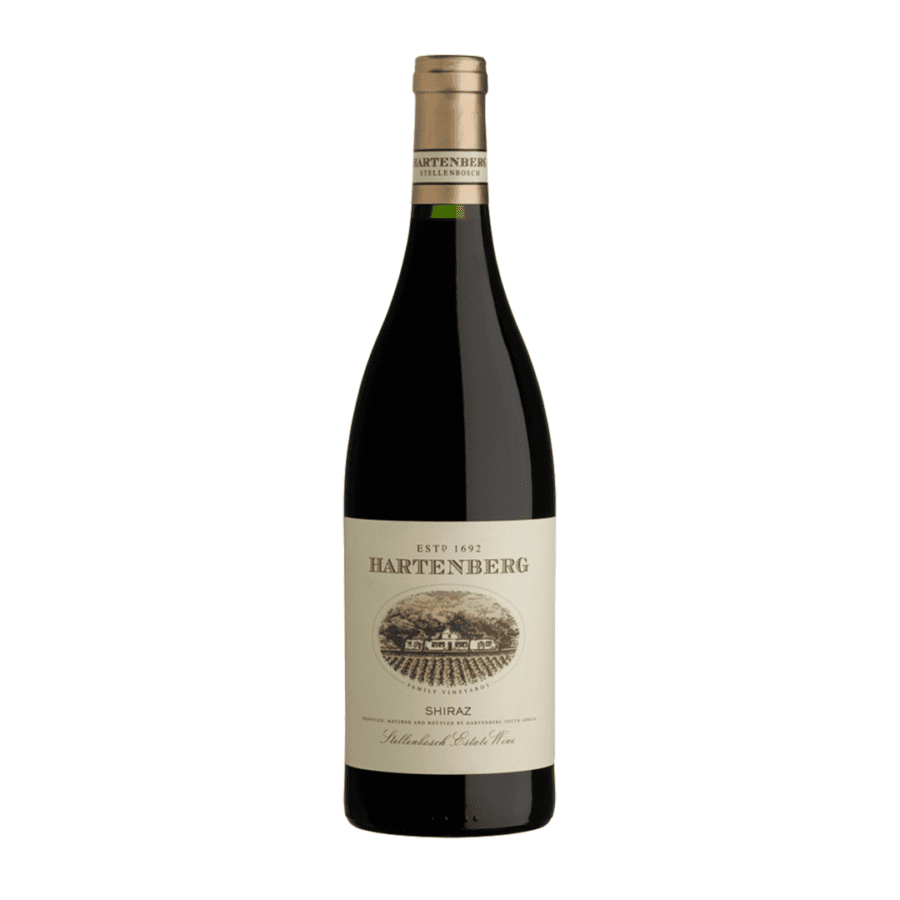More Information
Specifications
In the cellar
The grapes were hand harvested in small crates in the early hours of the morning to keep the grapes cool and preserve fresh flavours. Grapes are cooled further overnight in our on-site cold room (3°C) and processed the following day. Bunch and berry sorting is practiced, making sure only the best grapes are used. The grapes are softly rolled off the stems, preventing the extraction of unwanted harsh phenolics.
The Grapes are transferred to our inert Nitrogen press where it cold soaks overnight and the juice is pressed off the next morning. Settling takes place over 2 days and the clear juice is racked off to a stainless-steel tank for inception of primary fermentation.
In the vineyard
Grapes for the Chenin Blanc is sourced from more than one vineyard in the Bottelary Hills, which are extremely diverse in terms of terroir, to create complexity. A wide variety of different slopes, aspects, elevation above sea level, soils, and the influence of both the False Bay to the south, and the cold Atlantic in the west, make for a very intricate array of microclimates. The Bottelary area forms part of granitic hills and the reddish- and yellowish- brown soils are highly suited to the production of quality wine grapes. The soils are acidic, have great water retention capabilities and are well drained. Soil types include Oakleaf, Tukulu, Hutton and Clovelly.
Ageing
70% of the wine was fermented and matured in a combination of French and Hungarian 500L oak barrels (50% new, 50% Second Fill) for a period of nine months, while the balance was fermented and aged in stainless steel tanks. The wines are kept on the lees up to the stage of blending before bottling.
Cultivar
100% Chenin Blanc
Food Pairing
Crackling pork belly with a nectarine chutney on creamed mashed potatoes.




